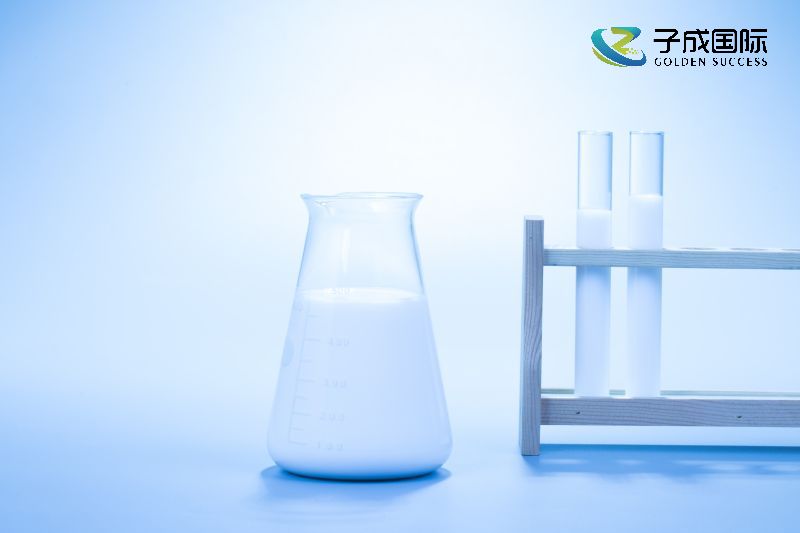Evaluating the effectiveness and environmental friendliness of wetting agents is a comprehensive process that requires consideration of multiple factors. The following is a detailed explanation of the effectiveness and environmental evaluation of wetting agents:

1、 The most intuitive way to evaluate the effectiveness of wetting agents is to observe the degree of wetting of liquids on solid surfaces. A good wetting agent can quickly and evenly spread the liquid on the solid surface, forming a continuous liquid film. Contact angle is an important parameter for measuring the wetting performance of liquids on solid surfaces. The smaller the contact angle, the better the wettability of the liquid on the solid surface. Professional contact angle measuring instruments can be used to determine the contact angle and evaluate the effectiveness of wetting agents. In the actual production or research and development process, experiments can be designed to evaluate the effectiveness of wetting agents. For example, taking the same volume of liquid, adding different types or amounts of wetting agents separately, and then observing their wetting on the same solid surface, or measuring their spreading area and other indicators to compare the effects of different wetting agents. The effectiveness of wetting agents is not only affected by static surface tension, but also by dynamic surface tension. In practical applications, it is necessary to consider the dynamic behavior of wetting agents during liquid flow or coating processes to ensure their effectiveness in practical applications.
2、 Evaluation of the environmental friendliness of wetting agents and assessment of their biodegradability in natural environments. Prioritize the use of wetting agents with good biodegradability to reduce long-term environmental pollution. Conduct toxicity assessment on wetting agents to ensure that they are non-toxic or low toxic to humans and the environment. The toxicity of wetting agents can be evaluated through professional toxicity testing methods such as acute toxicity tests, skin irritation tests, etc. Check if the wetting agent has obtained relevant environmental labels or certifications, such as green labels, environmental product certifications, etc. These marks and certifications typically indicate that the product meets certain environmental standards and requirements. Assess the volatile organic compound (VOC) content in wetting agents. Wetting agents with low VOC content have less impact on the environment and human health during use, and are more in line with environmental requirements. Ensure that the use of wetting agents complies with national and local environmental regulations. Understanding and complying with relevant regulations can reduce the risks and penalties faced by enterprises due to environmental issues.
In summary, evaluating the effectiveness and environmental friendliness of wetting agents requires comprehensive consideration of multiple factors. When selecting and using wetting agents, products with good performance and environmental friendliness should be chosen according to specific application scenarios and needs to ensure product quality and safety, while reducing environmental impact.

 English
English
 Chinese
Chinese Vietnamese
Vietnamese
 HOME
HOME
 PRODUCT
PRODUCT
 NEWS
NEWS
 CONTACT
CONTACT


